Target 11.A: Strong national and regional development planning
UN definition: "Support positive economic, social and environmental links between urban, peri-urban and rural areas by strengthening national and regional development planning."
Urban and regional planning - SDG Indicator 11.A.1
Definition: Indicator 11.A.1 is the "proportion of the population living in cities that implement urban and regional development plans integrating population projections and resource needs, by the size of the city".
Goal: "Support positive economic, social and environmental links between urban, peri-urban, and rural areas by strengthening national and regional development planning" by 2030.
Target 11.B: Implement policies for inclusion, resource efficiency and disaster risk reduction
UN definition: "By 2020, substantially increase the number of cities and human settlements adopting and implementing integrated policies and plans towards inclusion, resource efficiency, mitigation and adaptation to climate change, resilience to disasters, and develop and implement, in line with the Sendai Framework for Disaster Risk Reduction 2015–2030, holistic disaster risk management at all levels."
Integrated disaster risk management - SDG Indicator 11.B.1
Definition: Indicator 11.B.1 is the "number of countries that adopt and implement national disaster risk reduction strategies in line with the Sendai Framework for Disaster Risk Reduction 2015–2030".
This indicator identifies countries that have and have not adopted and implemented disaster risk management strategies in line with the Sendai Framework for Disaster Risk Reduction.
Goal: "Substantially increase the number of cities and human settlements adopting and implementing holistic disaster risk management at all levels".
Unlike most SDGs which have the target year of 2030, this indicator is set to be achieved by 2020.
Local disaster risk management - SDG Indicator 11.B.2
Definition: Indicator 11.B.2 is the "proportion of local governments that adopt and implement local disaster risk reduction strategies in line with national disaster risk reduction strategies".
Goal: "Substantially increase the number of cities and human settlements adopting and implementing holistic disaster risk management at all levels".
Unlike most SDGs which have the target year of 2030, this indicator is set to be achieved by 2020.
Target 11.C: Support least developed countries in sustainable and resilient building
UN definition: "Support least developed countries, including through financial and technical assistance, in building sustainable and resilient buildings utilizing local materials."

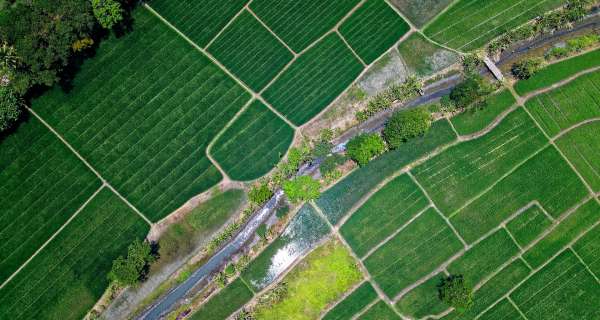
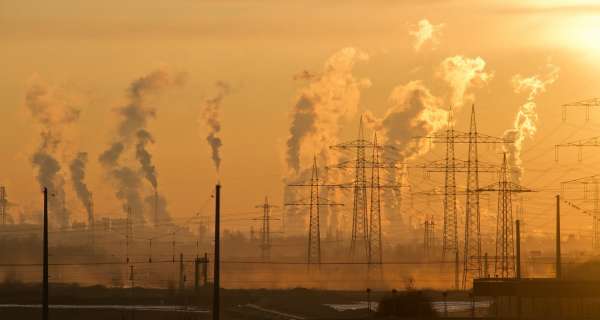
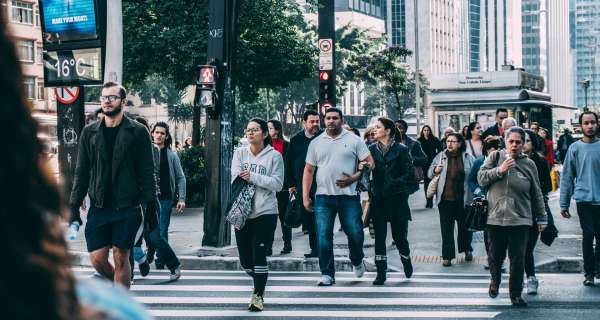



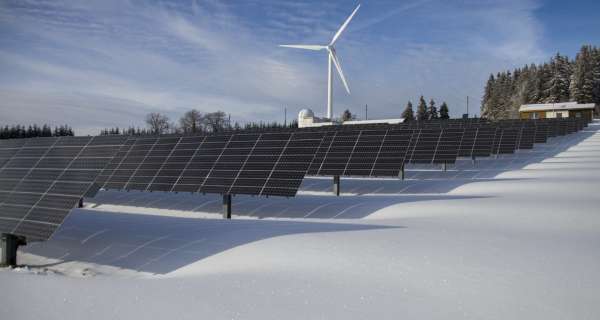

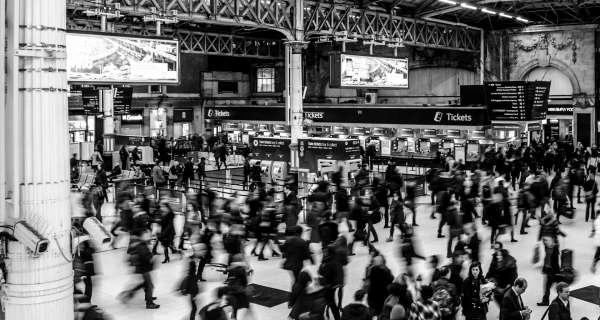







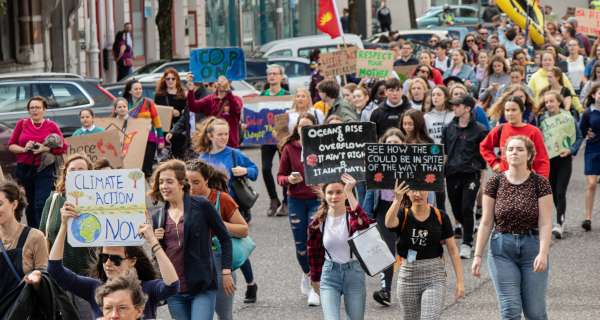




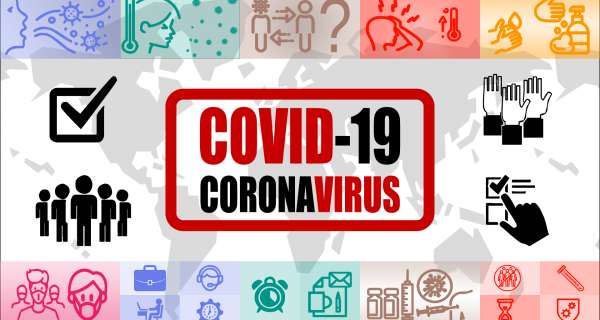


0 Comments